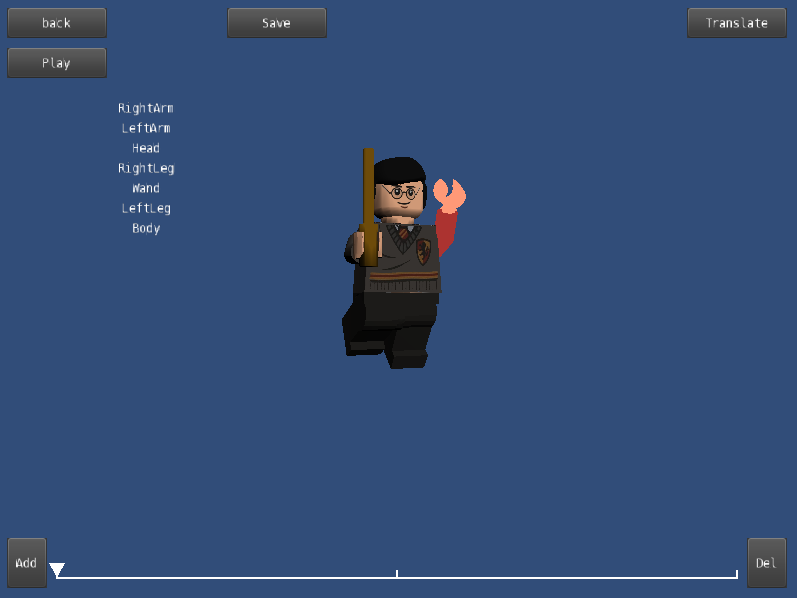I've tried with OpenGL, ThreeJS, BabylonJS, but everytime it's really hard to find good tutorials to animate .obj files.
Is there anything good out there? Why is it that hard?
My aim is just to take a Blender object and show animations, in any language or with any API.
Every tutorial works with .md2, but I don't want to use it!
I haven't worked with OBJ, but I think they might be right that it does not support skinned animation. It may not even support rigid animation.
Skinned animation is a pretty difficult subject, and implementing it involves a small mountain of data that can get kind of confusing. That's probably why you don't see many tutorials on it, especially good ones: few people doing tutorials probably actually understand it. It's one thing to use a library (maybe ASSIMP) to load a model and have the library animate it. It's something entirely different to actually understand how and why skinned animation works.
The first step is to get a deep understanding of rigid animation. Skinned animation is basically the same thing, just far more complicated. So, rigid animation gets you about a quarter of the way there once you understand that, not to mention you will then understand rigid animation, which you will need to know anyway. Rigid animation is nothing but matrix algebra. So, understanding vectors and especially matrices and how to use them is really the key to that whole thing.
I've posted my project file on my website for everyone to learn from and/or make use of. It doesn't do skinned animation. I wrote a custom exporter in Python to export the model data from Blender to my own custom file format that is easy to understand. (That's included in the files of the project. When you write your own exporter you can tell it to include whatever you like and so it will support anything you tell it to support.) Then I wrote a loader class and a model class in C++ for DX11. It reads the custom model file and supports textures and rigid animation. It does not however support skinned animation. But you might find it useful to get that far anyway.
It also doesn't actually do any rigid animation, but it's setup to support it to the point of you just need 2 or 3 lines of code to implement some rigid animation.
Rigid animation is just every sub-mesh parented to the main mesh has it's own world/object matrix and you manipulate them individually. If you multiply the parent times the child to get the child's matrix (rather than hard coding the child's matrix) you can move the child independent of the parent and the child will always be relative to the child.
The armatures in skinned animation work on the same principle. So, getting a solid understanding of that is the first step.
Anyway, the project files can be found on my website. That code was written to run on Windows 7 and you'll likely have problems and need to rewrite a few things if you try to run it on a higher version of Windows although the code changes are probably fairly minor.
Oh. I might also mention that my current project is to rewrite all that in OGL 4.5 which I hope to complete in the next month or two. I'm moving from DX11 to OGL.
Also, to really understand skinned animation, I think you need to understand it from the artist's side. You need to skin and rig some models and animate them. Then you'll get some idea of how the other side sees it. I mean, until you skin a model, how are you going to understand blend weights?









